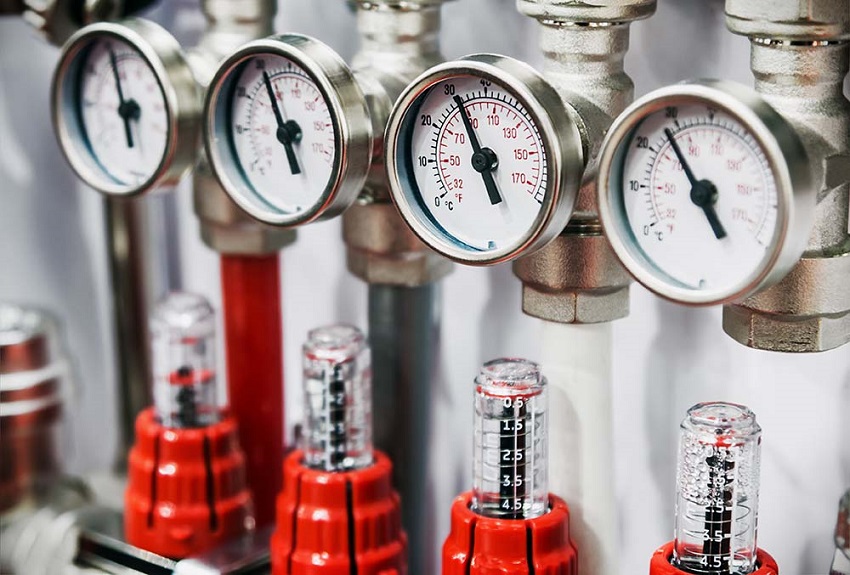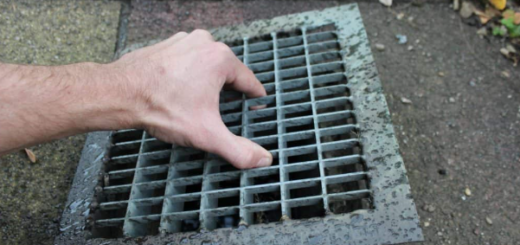What Are the Uses of Temperature Sensing Products?
Applications of temperature sensing products
Temperature-sensing products are an essential part of many industries. The ability to monitor and control a range of temperatures can help to protect the environment and reduce the risk of contamination. In addition, they are an effective and affordable way to monitor temperature and keep processes hygienic. Many of the temperature sensors produced by Anderson-Negele are sterile, which means they are perfect for food, beverage, and pharmaceutical applications.
Temperature sensors come in a variety of sizes and types. Some are moderate temperature sensors, while others can have a much more comprehensive temperature range. Silicon temperature sensors are used in local applications, while remote diode sensors are used in water/wastewater management and refrigeration systems. In addition to local applications, temperature sensors are used in many industrial settings, including microcontrollers and other electronics.
Types
There are several different types of temperature-sensing products. Some are non-contact, while others measure the temperature through thermal radiation. The non-contact types are typically used in hazardous environments and on moving machinery. The difference between the two types is in their sensitivity. For example, a thermistor is sensitive to changes in temperature, while a thermocouple is sensitive to changes in resistance.
Thermocouples, for example, use two wires to generate a voltage concerning temperature. These types of sensors are available in different metal combinations so that they can be used for a variety of applications. They also provide specialized calibrations for various temperature ranges. Another type of temperature sensor is the RTD sensor, which measures the changes in resistance in a metal resistor. The most common RTDs are made from platinum and have a resistance of about 100 ohms at 0degC. On the other hand, the thermistor contains a ceramic or polymer resistor and is used to measure medium temperature.
Functions
Temperature-sensing products are used to monitor and control the temperature of different materials. This helps to ensure that a process is within acceptable limits. The core application of these devices is preventative reliability, which helps ensure that a system is in good condition and prevents any danger before it occurs.
Temperature sensors are found in a variety of shapes and sizes. However, they are typically classified into two main classes: contact temperature sensors and non-contact temperature sensors. Contact-type sensors measure the temperature of an object in contact with it. In contrast, non-contact temperature sensors measure the temperature of an object or a heat source without any physical contact. These products are commonly used in hazardous environments.
A traditional resistance temperature detector (RTD) uses a metallic sensing element. As temperature increases, the metal resists the flow of electrons. This resistance is measured as a reduced current through the metal with a given voltage. However, a semiconductor sensor, known as a thermistor, works differently. It produces a power function relationship between temperature and resistance.
Applications
There are a variety of applications for temperature-sensing products. These products are used in many industries to regulate and compensate for temperature changes and prevent equipment from overheating. The market for these products is already significant and is expected to double in size by 2023. Some of the most common types of temperature sensors are thermocouples, thermometers, and resistive thermal devices.
There are two primary types of temperature sensors: contact and non-contact. Contact temperature sensors make physical contact with the object being monitored, while non-contact sensors detect temperature changes through thermal radiation. Non-contact sensors work in environments where physical contact is not possible.
Cost
When purchasing a temperature-sensing product, it is vital to understand the costs. The price of a sensor can vary significantly depending on the type, operating range, and material. The most basic types of temperature sensors are RTDs and K-type thermocouples. These are less expensive but typically have a higher operating capacity. They can be used in hazardous environments and are often equipped with sapphire insets.
Digital temperature sensors offer several advantages for many applications. They feature a simplified interface, low-power operation, and competitive pricing. Additionally, their small size allows them to respond faster to changes in temperature, meaning faster measurements. Lastly, they feature a reusable cable that allows for easy connection to a temperature monitor.













